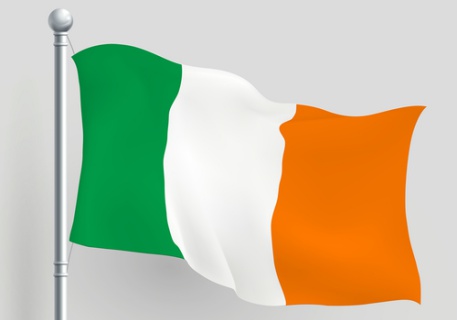Ireland’s SME Debt Problem

A new report by Central Bank of Ireland paints mixed picture of the indebtedness of the country’s small and midsize enterprises and its overall impact. Whereas outstanding balances are dropping, the fact that SMEs are paying down their debts instead of investing in new projects is affecting growth in the country’s economy.
Ireland’s small and midsize enterprises (SMEs) hold some of the largest debt in Europe, but their outstanding balances have fallen steadily since 2011, and credit demand fell slightly during the 12-month period ended in March, a new report from the country’s central bank shows.
However, there is no general way to describe SMEs’ debt loads. Whereas between 15 percent and 20 percent of all Ireland’s small companies carry high debt, many have little or no debt, the central bank said. At the end of last year, SMEs were paying an average interest rate of 6.41 percent on their loans.
The central bank defines SMEs as those employing fewer than 250 workers and that have annual sales less than €50 million ($US68 million). And while their debt loads may be falling, many SMEs aren’t investing in new projects but instead are paying down their debts, and that is having an impact on the economy overall, including new-job creation and purchasing for new projects.
Still, after two years of stagnation, the Irish economy will grow around 2 percent this year, The Wall Street Journal reported, citing government projections.
Gross new lending to non-financial, non-property SMEs has remained between €450 million and €750 euros quarterly since 2001, with no discernable upward trend, according to the central bank. Moreover, credit-supply conditions eased between 2011 and March 2014, with rejection rates on SME credit applications from 30 percent to 20 percent during that period, the SME Market Report notes. There also has been a steady increase in the percentage of firms reporting that the size of loans available has increased.
The sector receiving the most gross new lending over the period Q1 2010 to Q4 2013 consistently was the Primary sector, which includes agriculture, forestry and fishing, and the wholesale and retail trade sectors, the report noted.
Ireland’s SMEs are by no means out of the water, however. “In a European context, Irish SME credit conditions remain closer to those of Greece, Italy, Spain and Portugal than to those countries with the most favorable conditions. The share of discouraged borrowers (those not applying for credit due to the expectation that they will be refused) is significantly higher in Ireland and Greece than elsewhere in the euro area,” the report notes.
Indeed, Irish businesses continue to have difficulty paying their bills on time, another sign of their financial woes. Earlier this month, business-software group Sage Ireland reported that 59 percent of businesses in that country said invoices paid by check were late. Of those, 21 percent were more than a month overdue. Moreover, while 54 percent of surveyed businesses used bank records to track cash flow, only 44 percent used a management solution to centralize information.
Loan defaults also remain high, according to the central bank. The default rate among the country’s approximately 300,000 SME accounts was 26 percent at the end of 2013 when measured by the number of loans, and 41 percent when weighted by loan balance.
“The default rate is highest for SMEs in the construction, hotels and restaurants, and personal (private households) sectors, and is shown to increase among the largest 25 percent of loans,” the report notes. Such sectors were particularly hit hard when the banking and property market hit hard times six years ago.
